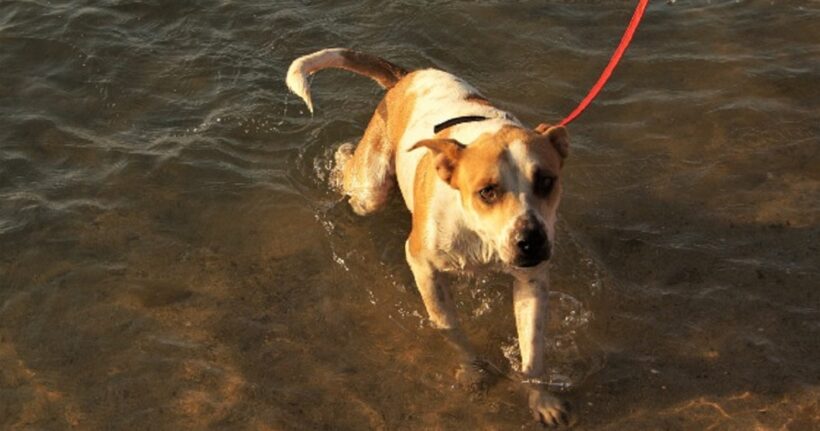Cranial cruciate ligament (CCL) disease is one of the most common orthopedic conditions in dogs and the main cause of rear leg lameness. CCL rupture occurs in dogs of all sizes, but is most frequent in large and giant breeds.
Ligaments are strings of connective tissue that keep bones and muscles together. The cranial cruciate ligament is in the front part of the knee and it’s important to prevent the bones to slide. When the ligament breaks, the upper bone -the femur, “slides” forward on the tibia – the lower bone, causing it to rub on the cartilage -the meniscus (fibrocartilage located between the femur and tibia) that absorbs impact and provides a gliding surface between the femur and tibial plateau. The medial meniscus can become torn when the knee is unstable from a CCL rupture producing pain and – eventually, osteo-arthritis and chronic pain. If the injury is not treated, damage to connective tissues and degenerative joint disease occurs.
Acute onset (tear caused by injury) is most common in dogs under 4 years old. Chronic rupture occurs after the ligament has degenerated with age that causes degeneration and rupture because of the ligament fibers weakening and tearing partially producing an unstable joint and developing degenerative joint disease. A partially torn CCL eventually tears completely.
Symptoms of CCL rupture include crepitus (crackling noise of bones rubbing against each other), decreased range of motion, hind leg extended when sitting (sit sign), pain when stifle joint is touched, reluctance to exercise, restricted mobility or extension, stiffness after exercise, swelling, thick or firm feel of joint and weight shifted to one side of body when standing. Once the ligament is ruptured, movement of the misaligned joint causes further damage, inflammation, pain, and eventually degenerative joint disease. If the meniscus is torn, a pop or snap may be heard when the animal walks.
Diagnosis includes a clinical examination and medical history (information about lameness and injury). The cranial drawer sign is definitive for diagnosing CCL rupture. Anesthesia may be necessary to move the limb to the extent needed because pain from a ruptured CCL can be severe, and muscle tension can restrict the motion of the joint. Radiography (x-ray) may suggest, but cannot confirm, a partial tear or a complete rupture.
Treatment of CCL rupture is aimed at the alleviation of pain and increased use and mobility. Conservative treatment (weight control, rest, medication) is often combined with surgery, but it can be used alone for dogs that weigh less than 25 pounds and for cats. However, lameness may continue until surgical repair and a more rapid progression of arthritis is expected.
Surgical management of CCL disease has been shown to be the most effective treatment for returning the affected leg to function and limiting progression of osteoarthritis with different techniques.
A study was made comparing the outcomes of surgical versus conservative treatment and it was found that dogs that had the surgical approach had a longer survival.
The long-term prognosis for animals undergoing surgical repair of CCL disease is good, with reports of significant improvement in 85-90% of the cases. While, arthritis can progress regardless of treatment type, it’s expected to be slower when surgery is performed. Therefore, multimodal osteoarthritis management is recommended for any dog with CCL disease regardless of treatment. What this management might entail should be discussed with your dog’s surgeon and/or primary care veterinarian.
It is important to notice that factors shown to negatively affect survival included increasing age, increasing body weight, and having other orthopedic conditions.
More information at: https://www.acvs.org/small-animal/cranial-cruciate-ligament-disease
